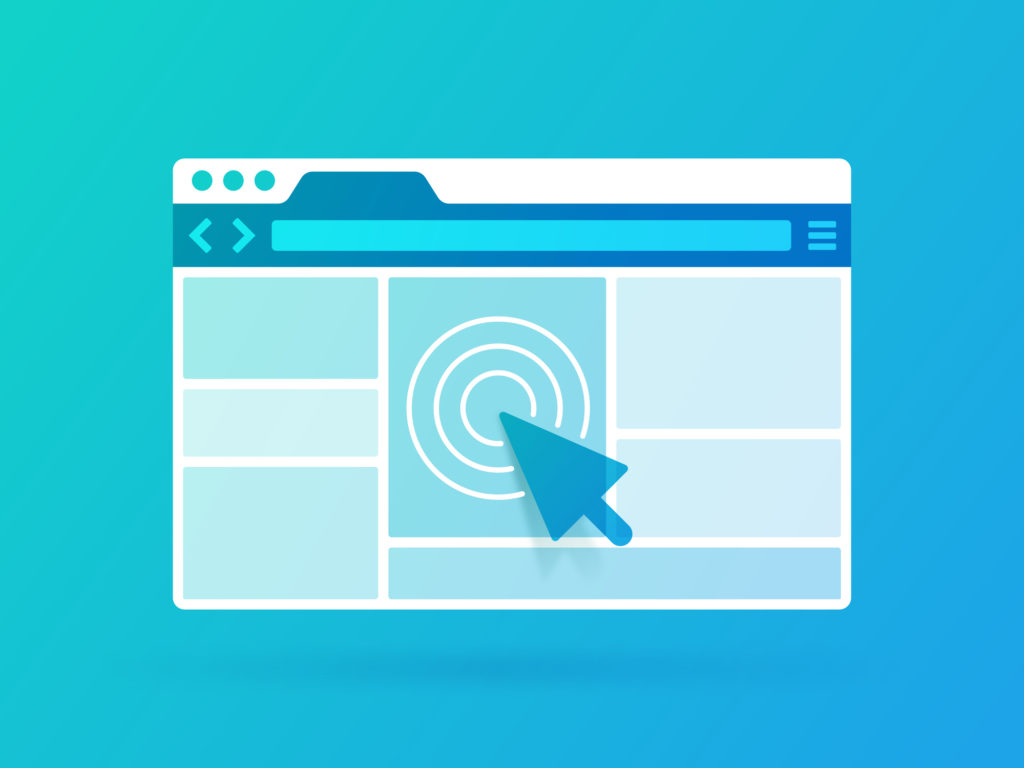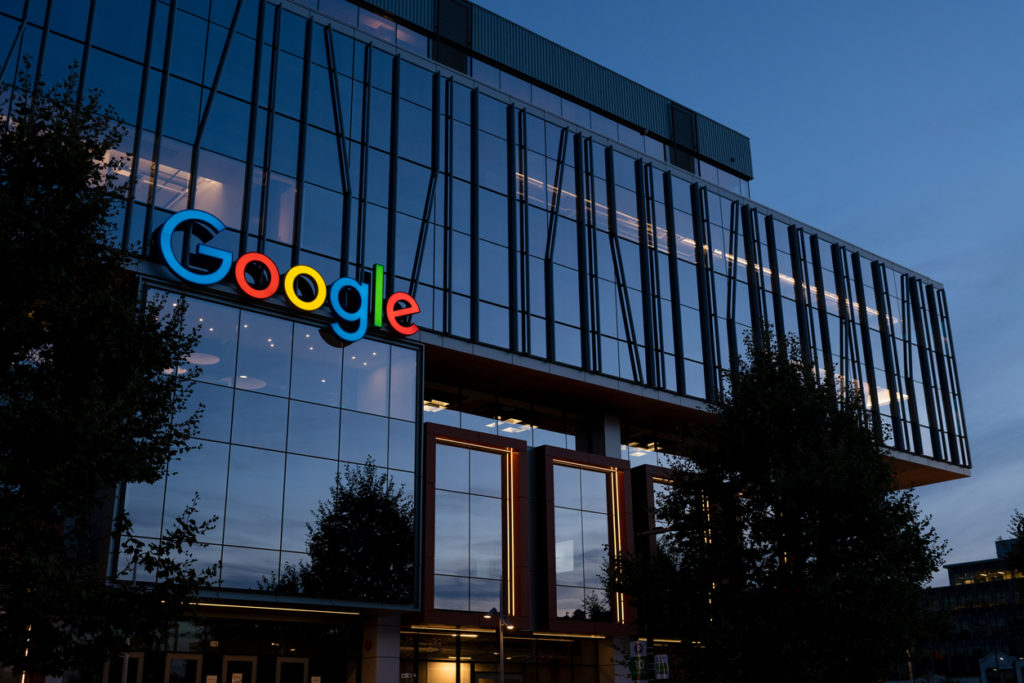Digital Marketing
Explore our library of digital marketing articles and discover the digital marketing tips you need to boost your digital visibility.
7 Google Analytics 4 Metrics You Should Track
The Google Analytics 4 metrics you should track include Active Users, Pageviews, Sessions, Conversions, Bounce Rate, Event Count, and Sessions Per User. Are you overwhelmed with the seemingly endless metrics available to track in Google Analytics 4? If you’re like most business owners, you know you should probably pay attention to them, but you’re not…
How to Choose A Digital Marketing Agency
Choosing a digital marketing agency involves defining your marketing goals, setting a budget, and researching potential agencies. Look for agencies with positive reviews, industry experience relevant to your business, and strong case studies. Request a proposal to understand their approach and pricing, and schedule a call to assess their understanding of your needs. Ultimately, choose…
7 Effective B2B Digital Marketing Strategies
Creating effective B2B digital marketing strategies is crucial as it allows businesses to reach their target audience in a competitive digital landscape. These strategies help increase visibility, attract quality leads, nurture relationships, and drive conversions. A well-executed B2B digital marketing strategy can result in enhanced brand credibility, improved customer relationships, and increased ROI. Many B2B…
What is a Full-Service Digital Marketing Agency?
A full-service digital marketing agency is a one-stop shop for all your digital marketing needs, offering a range of services to improve your online presence and grow your business. This could include SEO, content marketing, social media management, email marketing, PPC advertising, web design, and more, all under one roof. Trying to juggle the many…
18 Questions to Ask a Digital Marketing Agency
Asking questions before hiring a digital marketing agency is crucial to ensure they are a good fit for your business. It helps gauge their expertise, understand their approach to marketing, assess their experience with similar companies, and clarify expectations regarding cost, communication, and performance measurement. This process aids in making an informed decision. Choosing the…
21 Powerful Analytics Tools for Digital Marketing
Digital marketing analytics tools are software applications that help marketers track, gather, and analyze data related to their online marketing campaigns. These tools provide insights into the performance of content, user behavior, and ROI, and can include features for tracking website traffic, social media engagement, and keyword rankings. Are you struggling to make sense of…
14 Benefits of Outsourcing Digital Marketing to An Agency
There are many benefits to outsourcing digital marketing to an agency including access to specialized expertise, advanced tools, cost-effectiveness, quick execution of campaigns, and freeing up time to focus on core business activities. Business owners often find themselves struggling to keep up with ever-evolving marketing trends. The in-house teams might lack the specific expertise needed,…
How to Increase Brand Awareness through Digital Marketing
To increase brand awareness through digital marketing, create engaging content that resonates with your audience. Utilize social media platforms to connect and share, invest in targeted ads to reach specific groups, optimize your website for search engines, and encourage customer reviews to build trust. Partnerships with influencers can also amplify your brand’s reach effectively. In…
How to Increase Online Visibility for Your Business
A business can increase online visibility by optimizing its website for search engines, creating valuable and relevant content, maintaining an active presence on social media platforms, and using email marketing effectively. Additionally, online advertising, including PPC and social media ads, can boost visibility by reaching a larger, targeted audience. In today’s competitive digital landscape, many…
10 Benefits of ChatGPT in Digital Marketing
The benefits of using ChatGPT in digital marketing include automated, efficient content creation, optimized social media strategies, and personalized newsletters, among other advantages. This technology not only saves time but also enhances the quality of various digital marketing channels. Digital marketing is a dynamic field that requires a lot of creativity and time—two things that…
Digital Marketing for Real Estate Professionals
In today’s increasingly digital world, having a solid online presence is crucial for businesses across all industries. This is especially true for real estate professionals who rely on effective digital marketing strategies to attract and retain clients. Digital marketing for real estate professionals can expand reach, establish trust, and help you close more deals. In…
Digital Marketing for Law Firms (And How to Get More Clients)
The legal industry has been slow to adopt digital marketing strategies compared to other sectors, but the trend is changing rapidly. With the increasing competition and the need to reach a wider audience, law firms realize the importance of having a strong online presence. Digital marketing can help law firms reach potential clients, increase brand…
The 6 Principles of Influence (And How to Boost Conversions)
In 1984, Dr. Robert Cialdini wrote a book on the art of persuasion and how it relates to sales. Titled Influence: The Psychology of Persuasion, the book went on to sell over two million copies and be translated into over two dozen different languages. While the book ends on a note of the personal computer’s…
The Benefits of Multichannel Marketing (SEO, Social, and PPC)
Most businesses these days are using multichannel marketing to get their products and services in front of more potential customers. But what are the benefits of multichannel marketing, and why is it so effective? In this article, we’ll explore the benefits of multichannel marketing and how you can combine search engine optimization (SEO), social media…
7 PPC Optimization Strategies that Increase Conversions
If you’re interested in driving more attention to your business website, you may be interested in the advantages of running pay-per-click (PPC) advertising campaigns. PPC is a type of online marketing in which businesses display ads on search engines and social media platforms. When someone clicks on one of these ads, the business pays a…
7 Home Services Marketing Tips to Get More Customers
Are you looking for home services marketing tips that will help you get more customers? If so, you’re in the right place. The market is more competitive than ever, which means home services companies need to be competitive. If you’re not marketing your home services company, you’re missing out on potential customers. Customers have a…
What is ADA Compliance for Websites?
Providing equal opportunity is one of the hallmarks of a just and free society. Despite the occasional shortcomings of the law, there are still plenty of hoops for businesses to jump through to make that dream a reality. One of the more overlooked ones is ADA compliance. The Americans with Disabilities Act was signed into…
The Best 2022 Digital Marketing Trends that Maximize Profit
On a large scale, digital marketing did not change much in 2022. You want your website to rank well, have an interesting social media presence, dominate the local competition for your respective niche or industry, and look into the benefits of promoting and selling your products or services through e-commerce. But on a more granular…
Mobile Site Optimization – Everything You Need To Know
Mobile Site Optimization If you have been keeping up with Google’s SEO changes – which is a full-time job in and of itself – then you might have caught wind of the company’s plans to continue prioritizing mobile accessibility and design when considering search engine results, otherwise known as mobile-first indexing. In summary, Google…
Google Ads Performance Max New Updates
Google has been making strides to position its Google Ads Performance Max campaigns as the next big thing, replacing Smart Shopping and Local ad campaigns later this year. This means advertisers will need to get comfortable with the relatively new Performance Max features, including the new updates Google plans to roll out throughout the rest…
How To Migrate WordPress Site to New Host
Web hosting is a critical service with a huge market, with variable offerings designed to provide a flexible selection to potential customers. However, as with most things, the general rule is that you get what you pay for. Some hosting companies offer a wider selection of perks and a greater level of service for the…
How To Best Utilize Google’s Business Messaging
The opportunity to communicate with clients and customers on an individual level from across time zones is not unique to the age of the Internet, but it’s certainly never been as easy or convenient as it is today. Google’s Business Profile (formerly known as Google My Business) has allowed business owners to enable in-app messaging…
“New Normal” Holiday Shopping Trends
Staying on top of the changing shopping trends is a challenge, especially after a global pandemic. As the second year of the pandemic draws to a close, we’re unfortunately far from seeing the end of this era, which has brought with it a slew of new shopping trends in global commerce. The “new normal” is…
How to Improve Your Conversions
To improve your conversions on your website, focus on user experience with a clear, easy-to-navigate design. Optimize call-to-action buttons for visibility and compelling action. Test different page layouts, headlines, and content with A/B testing. Ensure mobile responsiveness and fast loading times. Personalize content to meet your audience’s needs and preferences, effectively guiding them towards making…
Google My Business Is Now Google Business Profile
Alongside a number of other changes made this year, Google continues to revise and rebrand its toolkit for online businesses and internet retailers by changing Google My Business into the Google Business Profile. While little more than a name change on the surface, a deeper dive into the announcement reveals Google’s long-term plans for Google…


































